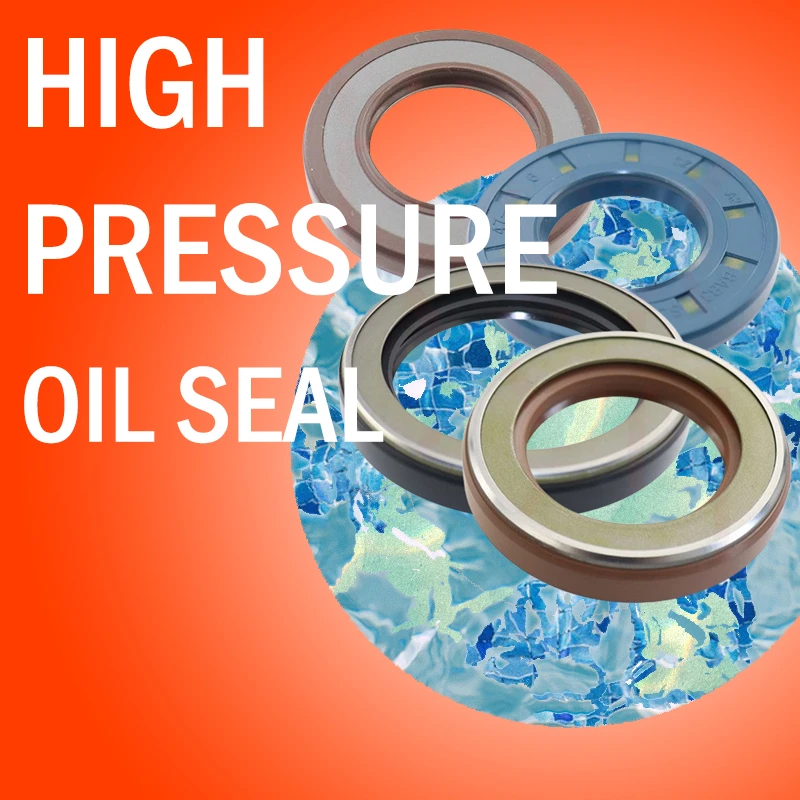Nov . 12, 2024 06:44 Back to list
piston wiper ring
Understanding Piston Wiper Rings Function, Design, and Applications
Piston wiper rings are integral components in various machinery, particularly within hydraulic and pneumatic systems. These rings serve to maintain the integrity of the system by preventing the ingress of dirt, dust, and other contaminants into the cylinder or chamber where the piston operates. Understanding the function, design, and applications of piston wiper rings is essential for anyone involved in engineering, maintenance, or the production of hydraulic and pneumatic systems.
Function of Piston Wiper Rings
The primary function of a piston wiper ring is to act as a seal that wipes the piston as it retracts, thereby removing any debris that may have accumulated on the piston during operation. This is crucial because contaminants can lead to increased wear and tear on the cylinder walls and piston components, ultimately compromising the efficiency of the system and leading to premature failure. By keeping the cylinder clean, wiper rings help to maintain the performance and longevity of hydraulic and pneumatic equipment.
Another important function of the wiper ring is to assist in maintaining the necessary pressure in the system. Effective sealing helps to ensure that the hydraulic fluid or air pressure remains consistent, which is vital for the optimal performance of the machinery. The wiper ring's ability to prevent leakage not only enhances efficiency but also minimizes environmental hazards associated with fluid leaks.
Design Considerations
Piston wiper rings come in various designs and materials to suit specific applications. The choice of material is critical; common materials include polyurethane, nitrile rubber, and PTFE (Teflon). Polyurethane is often favored for its excellent wear resistance and elasticity, which allows the wiper ring to conform tightly to the piston and cylinder. Nitrile rubber is typically chosen for its oil resistance and flexibility. PTFE, while more expensive, offers superior chemical resistance and low friction properties, making it ideal for high-performance applications.
When designing a piston wiper ring, engineers must consider several factors. These include the operating temperature range, pressure levels, and the type of fluid being used in the system. The design must also accommodate the dimensions of the piston and cylinder to ensure a snug fit that effectively wards off contaminants without excessive friction that could impede piston movement.
piston wiper ring

Applications
Piston wiper rings find applications across various industries, including automotive, aerospace, manufacturing, and oil and gas. In automotive settings, for example, they are used in hydraulic systems, such as brake systems and power steering, where performance and safety are of paramount importance. In the aerospace industry, wiper rings are used in hydraulic actuation systems, where reliability and precision are critical due to the high stakes involved in flight operations.
In manufacturing, hydraulic presses and injection molding machines often utilize wiper rings to ensure that the components operate smoothly without interruption from contamination. Additionally, in the oil and gas sector, where machinery operates in harsh environments, wiper rings help protect critical equipment from the damaging effects of dirt and debris associated with extraction operations.
Maintenance and Inspection
To ensure optimum performance, regular maintenance and inspection of piston wiper rings are essential. Signs of wear, such as cracking or deformation, should be monitored, as these can lead to failures in sealing and efficiency. Operators should also check for hydraulic or pneumatic leaks, which may indicate compromised wiper rings. Replacing worn or damaged wiper rings promptly can prevent more significant issues down the line, saving time and resources.
Conclusion
Piston wiper rings are vital components in many hydraulic and pneumatic systems, serving to enhance efficiency, preserve performance, and protect against contamination. Their design and material properties are tailored to meet the specific demands of the application, making them indispensable in industries ranging from automotive to aerospace. Understanding their role and ensuring proper maintenance can lead to improved machinery reliability and longevity, ultimately benefiting overall operational performance. As technology evolves and systems become more sophisticated, the importance of these seemingly small components will only continue to grow.
-
TCN Oil Seal Metal Ring Reinforcement for Heavy Machinery
NewsJul.25,2025
-
Rotary Lip Seal Spring-Loaded Design for High-Speed Applications
NewsJul.25,2025
-
Hydraulic Cylinder Seals Polyurethane Material for High-Impact Jobs
NewsJul.25,2025
-
High Pressure Oil Seal Polyurethane Coating Wear Resistance
NewsJul.25,2025
-
Dust Proof Seal Double Lip Design for Construction Equipment
NewsJul.25,2025
-
Hub Seal Polyurethane Wear Resistance in Agricultural Vehicles
NewsJul.25,2025
-
The Trans-formative Journey of Wheel Hub Oil Seals
NewsJun.06,2025
Products categories
















